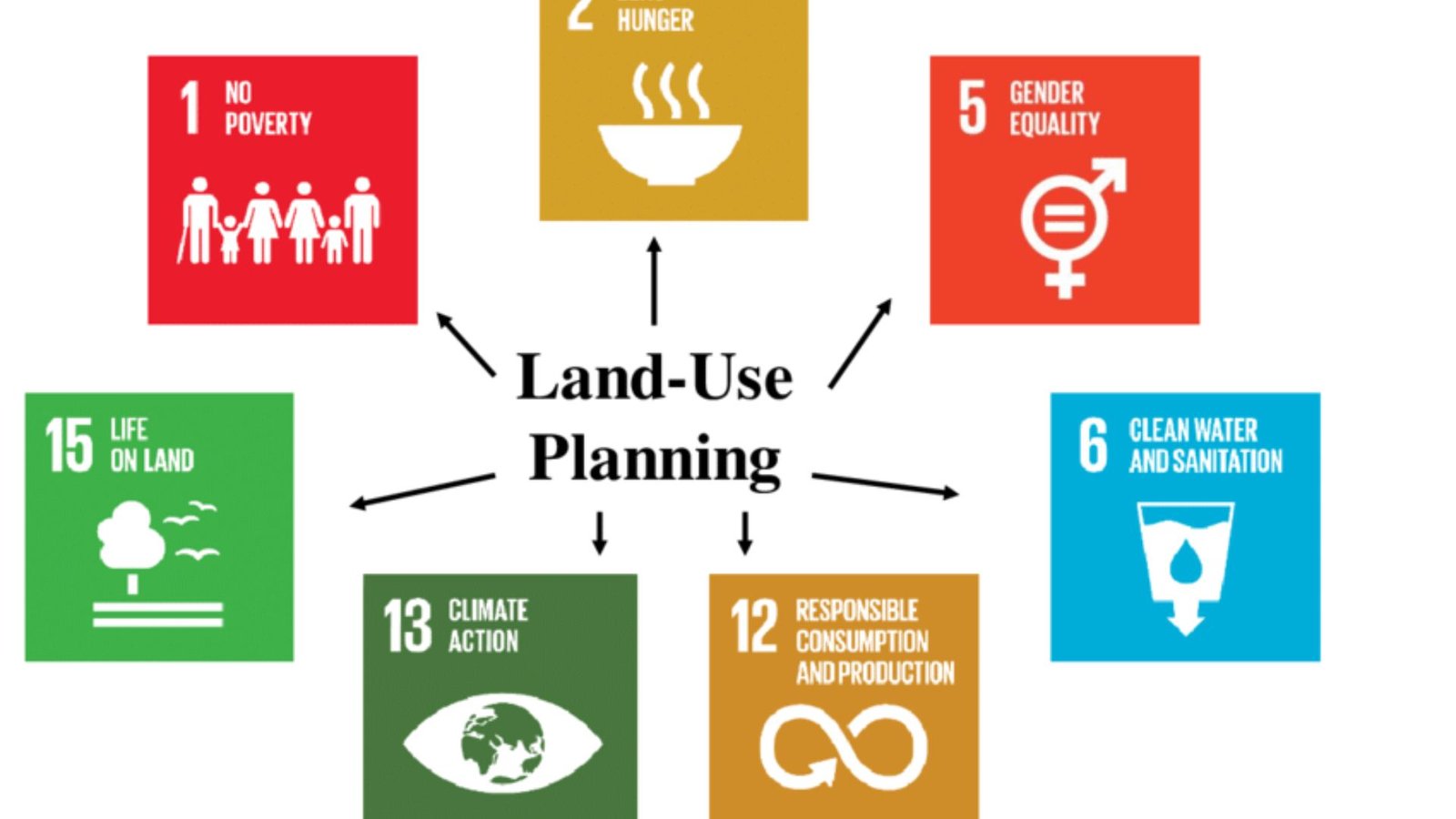Land planning plays a crucial role in shaping the future of urban development. It determines how cities expand, how resources are used, and how communities function. How land planning affects urban development is a vital question as cities grow and evolve. In this article, we will explore the connection between land planning and urban development, and why effective planning is essential for creating sustainable, livable cities.

Organizing Land Use
One of the primary ways land planning affects urban development is through organizing land use. Cities consist of different areas designed for residential, commercial, industrial, and recreational purposes. Planners decide where each type of land use should be located, which helps create a balance between housing, businesses, green spaces, and transportation.
Proper land use planning prevents overcrowding in one area and underuse in another. It helps maintain a city’s flow, making it easier for residents to access services and reducing congestion. For example, placing commercial centers near residential areas reduces commuting times, and planning parks near homes offers recreational spaces.
Infrastructure and Connectivity
Land planning directly impacts infrastructure development. Planners must decide where to build roads, schools, hospitals, water systems, and other essential facilities. Without thoughtful planning, infrastructure can become disjointed, creating barriers for people trying to navigate the city.
A well-planned city will have interconnected roadways, accessible public transport systems, and well-positioned utilities. This ensures that residents can easily access necessary services and reduces the strain on infrastructure. Proper land planning can improve traffic flow, reduce congestion, and create efficient public transit networks.
Environmental Impact
Land planning is also critical in minimizing the environmental impact of urban development. Without sustainable planning, cities can experience deforestation, habitat loss, and air and water pollution. Land planners must consider how urban growth impacts the natural environment and develop strategies to minimize harm.
Incorporating green spaces, such as parks and trees, into urban areas helps improve air quality, manage stormwater, and provide recreational spaces for residents. Sustainable land planning also includes strategies to reduce waste and conserve resources, ensuring cities are more environmentally friendly for future generations.
Housing and Affordability
The availability of housing is another aspect of urban development influenced by land planning. Cities often face housing shortages as populations grow, leading to rising property prices and increased demand for affordable housing. Land planning helps determine where and how much housing should be built to meet the needs of the growing population.
Effective planning can encourage mixed-income developments, where people from various socioeconomic backgrounds can live together. It can also help prevent gentrification, which displaces low-income residents, by ensuring affordable housing is integrated into new developments. By promoting sustainable housing solutions, land planners can help ensure that everyone has access to a safe and affordable place to live.
Economic Growth and Job Creation
Land planning has a direct impact on economic growth. By zoning areas for commercial and industrial use, planners create space for businesses to develop. This, in turn, generates jobs and stimulates the local economy. Well-planned cities often attract businesses and investors, which creates opportunities for local residents.
Furthermore, planners can designate areas for innovation hubs, technology parks, or small business incubators, fostering entrepreneurship and encouraging economic diversity. The growth of businesses leads to job creation, which in turn supports urban development by creating a stable workforce and growing the city’s economy.
Social Integration and Community Development
Effective land planning fosters social integration and community development. A city that is thoughtfully planned will have spaces for social interaction, such as community centers, public markets, and cultural facilities. These spaces bring people together, creating stronger communities and enhancing quality of life.
Land planning also ensures that amenities like schools, healthcare centers, and recreational facilities are accessible to all residents, regardless of their economic background. By creating mixed-use spaces and promoting social equity, land planning helps reduce inequality and improves access to essential services.
Resilience and Climate Change Adaptation
As climate change accelerates, resilience is becoming a more important consideration in land planning. Urban areas are vulnerable to extreme weather events, such as flooding, heatwaves, and storms. Proper land planning can help cities become more resilient by designing flood control systems, improving water management, and creating climate-adaptive infrastructure.
Planners can integrate green infrastructure, such as permeable surfaces, which absorb rainwater and reduce the risk of flooding. Urban parks and green spaces can help mitigate the urban heat island effect, cooling cities and improving livability.
Conclusion
How land planning affects urban development is clear: it influences the structure, sustainability, and functionality of cities. Effective land planning ensures efficient land use, promotes economic growth, protects the environment, and creates inclusive communities. By focusing on sustainability, infrastructure, housing, and social integration, urban planners can guide cities toward a more balanced and resilient future. Thoughtful planning today will lay the foundation for thriving, livable cities for future generations.




